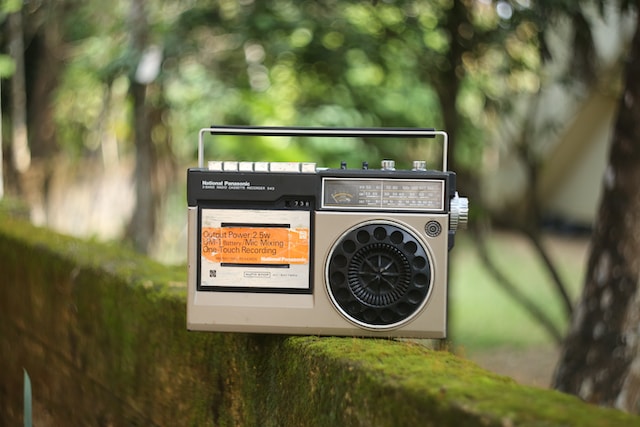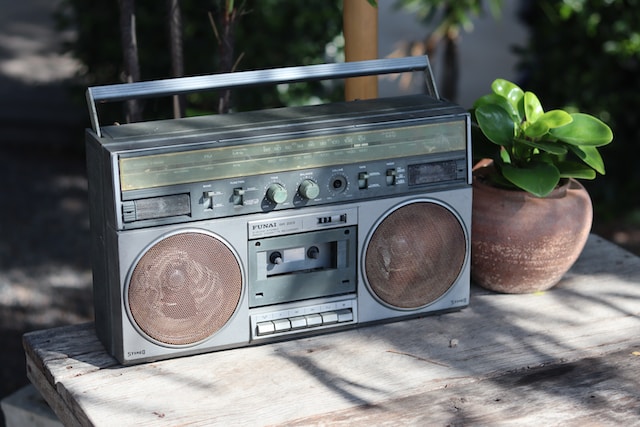In an unpredictable world, being prepared for emergencies is not just a good idea; it’s a necessity. One crucial item for your emergency preparedness kit is an emergency radio. These radios can provide critical information during power outages, natural disasters, and other emergencies when regular communication channels may be disrupted. But with various options available, how do you choose the right one for your kit? In this article, we’ll guide you through the essential factors to consider when selecting an emergency radio.
Types of Emergency Radios
Before you start shopping, it’s important to know the types of emergency radios available:
- Hand-Crank Emergency Radios: These radios are manually powered by cranking a handle, making them a reliable option in case of a dead battery. They often come with additional features like a flashlight and smartphone charging.
- Battery-Powered Radios: Battery-operated radios are dependable as long as you have a sufficient supply of batteries. Look for radios that are energy-efficient to make your battery supply last longer.
- Solar-Powered Radios: Solar-powered emergency radios are an eco-friendly choice. They have built-in solar panels that can recharge the radio in sunlight. However, they may not be the most reliable option in cloudy or rainy conditions.
- NOAA Weather Radios: NOAA (National Oceanic and Atmospheric Administration) weather radios are designed to receive official weather alerts and updates. They can be battery-powered or hand-cranked and are an excellent choice if you live in an area prone to severe weather.
Alert Features
Consider radios with emergency alert features, such as the Specific Area Message Encoding (SAME) technology. SAME allows you to program the radio to receive alerts for your specific location, ensuring you receive only relevant information. Some radios also come with built-in sirens or flashing lights to grab your attention in case of an emergency.
Power Sources
Choose a radio that offers multiple power sources. A combination of battery power, hand-crank charging, and solar panels provides redundancy in case one source fails. This ensures your radio will work when you need it most.
Frequency Bands
Look for radios that can receive both AM and FM bands. Additionally, having access to shortwave bands can be valuable for receiving international broadcasts and emergency information from distant locations.

Portability and Durability
Your emergency radio should be portable and rugged. Look for radios that are compact and built to withstand harsh conditions. Consider models with a sturdy exterior and water-resistant features.
In Conclusion
Selecting the right emergency radio for your preparedness kit is a crucial step in being ready for unforeseen events. Whether it’s a weather-related emergency, power outage, or other unexpected situations, having a reliable source of information can make all the difference. So, take the time to choose wisely, and you’ll have peace of mind knowing you’re well-prepared.

